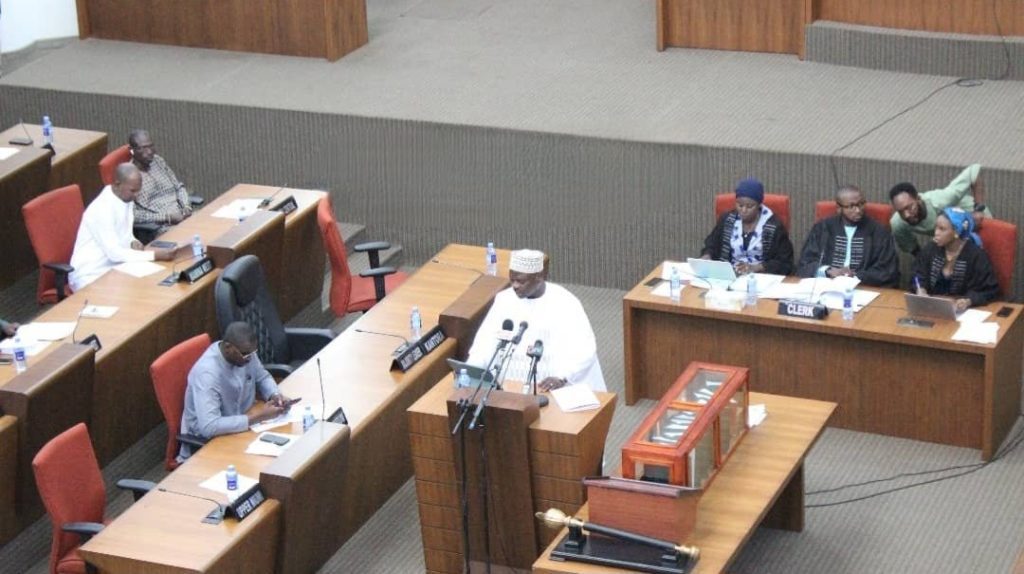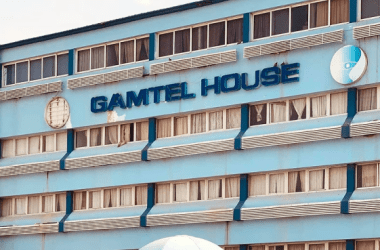The Gambia has collected far more money than expected in the first half of 2025, but government spending still outpaced revenue, leaving a deficit of over D724 million.
Finance Minister Seedy Keita presented the midyear budget to lawmakers, reporting a 29 percent increase in revenue compared to the same period last year. From January to June, the government collected D13.78 billion, up from D10.69 billion in 2024. This amount was not only higher than last year’s figure but also exceeded the government’s target by 9 percent.
The rise came from stronger tax payments on company profits, goods and services, trade, transport, and higher non-tax income from ministries and government agencies.
At the same time, spending remained high. By the end of June, the government had spent D14.51 billion, about 45 percent of its total yearly budget. The largest expenses went to salaries and benefits for public workers, subsidies and transfers, and domestic interest payments.
Despite the stronger revenue, the government still fell short of balancing its books, recording a D724.84 million deficit.
Minister Keita told the National Assembly that the administration is determined to keep public finances under control. “The government is unwavering in its commitment to fiscal discipline and effective budget implementation to sustain economic growth and development,” he said.
The challenge for the second half of the year will be how to keep spending in check while maintaining economic stability.

📌 Explainer: What This Means for Gambians
More taxes collected: Stronger business and trade taxes suggest economic activity is picking up.
High spending continues: Much of the budget still goes to salaries, subsidies, and debt interest, leaving limited funds for development projects.
Deficit persists: The D724 million shortfall may push the government to borrow more, adding to the national debt.
Everyday impact: While rising revenue is good news, the deficit could keep pressure on prices and make borrowing costs higher.





